It’s the harvest season and the prolific illustrators and authors of Quebec have produced a bumper crop of beautiful and delightful picture books that go a long way to answering some of the many questions children ask us.
Research shows that the average four-year-old asks more than 300 questions a day. Some of the questions are easy to answer (“Can I have candy floss for breakfast?”). Some of them are more serious. As adults, these questions twist us up and make us cringe. They are important questions often asked in excessively inappropriate places. They are questions that force us to confront and declare our political beliefs and our cultural biases. We have the best intentions; we want so much to give the little ones the right answer, an answer that will satisfy them but also inspire further questions and conversations. But let’s face it: it’s hard to deliver a meaningful discourse on questions of life and death when you’re sleep deprived and wiping up someone’s mess. Thankfully we are not alone, and we have this autumn’s selection of picture books to fall back on.
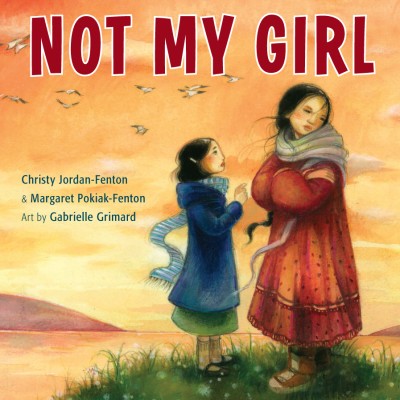
Not My Girl
Christy Jordan-Fenton & Margaret Pokiak-Fenton
Illustrated by Gabrielle Grimard
Annick Press
$9.95
paper
36pp
9781554516247
When Margaret returns to her Arctic home she is excited and happy. But within moments of her arrival she realizes that coming home isn’t as simple or pleasant as she had imagined it would be. Her regulation residential school haircut, her inability to stomach her mother’s traditional cooking, and the fact that she’s forgotten her language mean Margaret is summarily turned away by her family, her neighbours, and even her best friend. Margaret’s ten-year-old voice leads us forward through painful memories of the residential school, her feelings of shame and alienation, and onwards toward her rediscovery of her Inuit self.
Gabrielle Grimard’s luminous watercolour paintings capture fiery northern sunsets; the icy blues, greens, and whites of an Arctic ocean; the moods and emotions playing across a mother’s face; and the astounding spectacle of the northern lights. This book is a great way to introduce important questions about identity and ethics to young readers and is, additionally, a pleasure for the eyes.
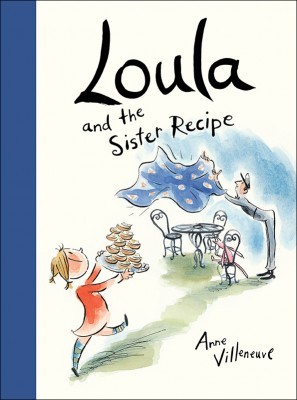
Loula and the Sister Recipe
Anne Villeneuve
Kids Can Press
$18.95
cloth
32pp
978-1-77138-113-0
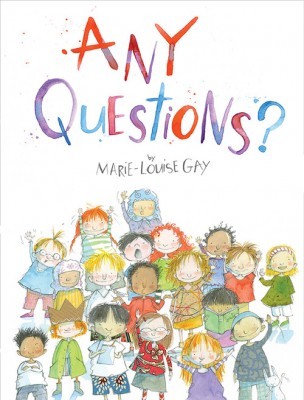
Any Questions?
Marie-Louise Gay
Groundwood Books
$19.95
cloth
60pp
978-1-55498-382-7
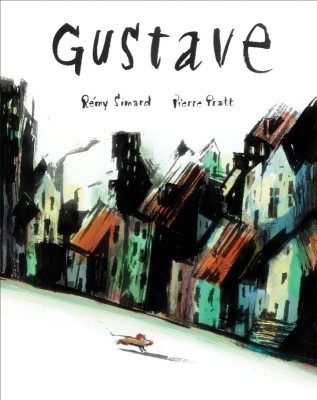
Gustave
Rémy Simard
Translated by Shelley Tanaka
Illustrated by Pierre Pratt
Groundwood Books
$18.95
cloth
56pp
978-1-55498-451-0
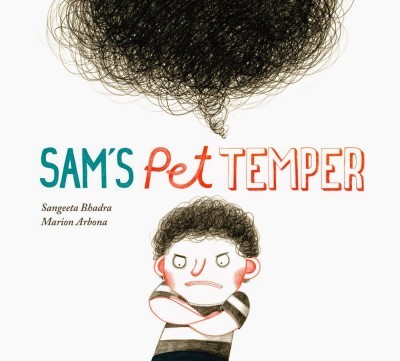
Sam’s Pet Temper
Sangeeta Bhadra
Illustrated by Marion Arbona
Kids Can Press
$18.95978-1-77138-025-6
cloth
32pp
Still have some questions that need answering? If this selection of fall picture books didn’t satisfy your curiosity, rest assured. Quebec’s indefatigable community of illustrators and authors are hard at work as we speak, writing books for young readers that are sure to answer questions, big and small, for many years to come. mRb






0 Comments